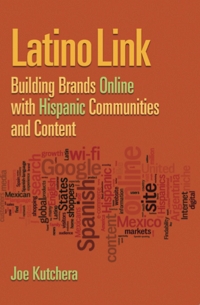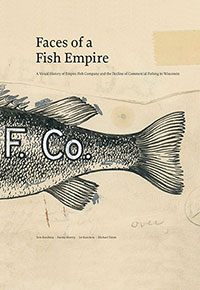Following is a preview of Latino Link: Building brands online with Hispanic communities and content:
In June of 2009, the Cervantes Institute of Chicago launched a short story contest on their blog with the goal of engaging local writers and Spanish students in the Chicago area. What happened provides a perfect example of how our expectations of launching a Spanish-language promotion or website do not conform to the reality of the World Wide Web. Salvador Vergara, the librarian at the Cervantes Institute Chicago, told me how they never expected any entrants from outside of the U.S. just like so many domestic brand managers who launch Hispanic promotions online. Instead, they were shocked to find that over 70% of their entrants were not only from outside of the Chicago area but outside of the U.S. from countries such as Argentina, Brazil, Holland, Venezuela, the Ukraine and Spain.
Modeled after programs like Germany’s Goethe Institute and France’s Alliance Francaise, the government of Spain created the “Instituto Cervantes” in 1991 to promote the study of the Spanish language and culture at 54 centers in 20 countries with facilities in New York, Chicago, Rio de Janeiro, Tokyo, London and Beijing. Named after Miguel de Cervantes (1547–1616), the author of Don Quixote and arguably the most important figure in Spanish literature, and having locations on every continent, the Cervantes Institute has established itself as a leading resource for Spanish language and culture globally. It makes sense then that Spanish speakers worldwide would want to associate their own creative writing with this prestigious brand and seek out contests like theirs.
This case study highlights our approach to using the World Wide Web and how that can often be our own worst enemy. The majority of us use the web like a local TV station or newspaper. We think only local readers will find us. But because of search, social media and the web’s global distribution, readers will find your site from anywhere in the world. The Cervantes Institute’s blog had visitors from:
1. Spain: 808
2. United States: 389
3. Argentina: 280
4. Mexico: 226
5. Colombia: 123
6. Chile: 84
7. Venezuela: 63
8. Peru: 59
9. Germany: 38
10. Ecuador: 22
Source: ClustrMaps tool on their blog, August 2009 to December 2009
So, how ought to brands like Cervantes Institute best manage local marketing initiatives like contests and sweepstakes online? First of all, let’s take a look at what the Cervantes Institute did right?
a) The Cervantes Institute successfully tapped into a community (of writers) passionate about a common theme (short stories) and encouraged them to submit their own work.
b) They successfully utilized new technologies to showcase their editorial content like WordPress for their blog, issuu for publishing the winners of the short story contest as a virtual book and SnapShots as a preview tool.
c) The blog and virtual book of short stories look good.
And how could they have improved the contest or more clearly delineated who the contest was for?
a) The Cervantes Institute could have explained in their rules that the contest was for “citizens of the State of Illinois,” for example. Major marketers (a major fast food chain comes to mind) say explicitly that their online contests and sweepstakes for U.S. Hispanics (in Spanish) are only for U.S. citizens and still Mexicans, Latin Americans and even Spaniards find their sites and enter online. Unfortunately for the lawyers, what percentage of visitors really read the fine print anyway?
b) Larger publishers and marketers can block their site to visitors from foreign IP’s with landing pages saying, “Thanks for coming but this contest is only available for people in the U.S.A.” While that filters out foreigners, you risk coming across as snooty and also filtering out other audiences you may want to reach like Americans living abroad, for example. A more subtle way of doing that could be to ask foreigners coming to your site a few questions to understand more about why they are visiting so that you at least are smarter about why and how they arrived on your site.
In conclusion, take a look at the winners of Cervantes Institute’s short story contest here (in Spanish).







